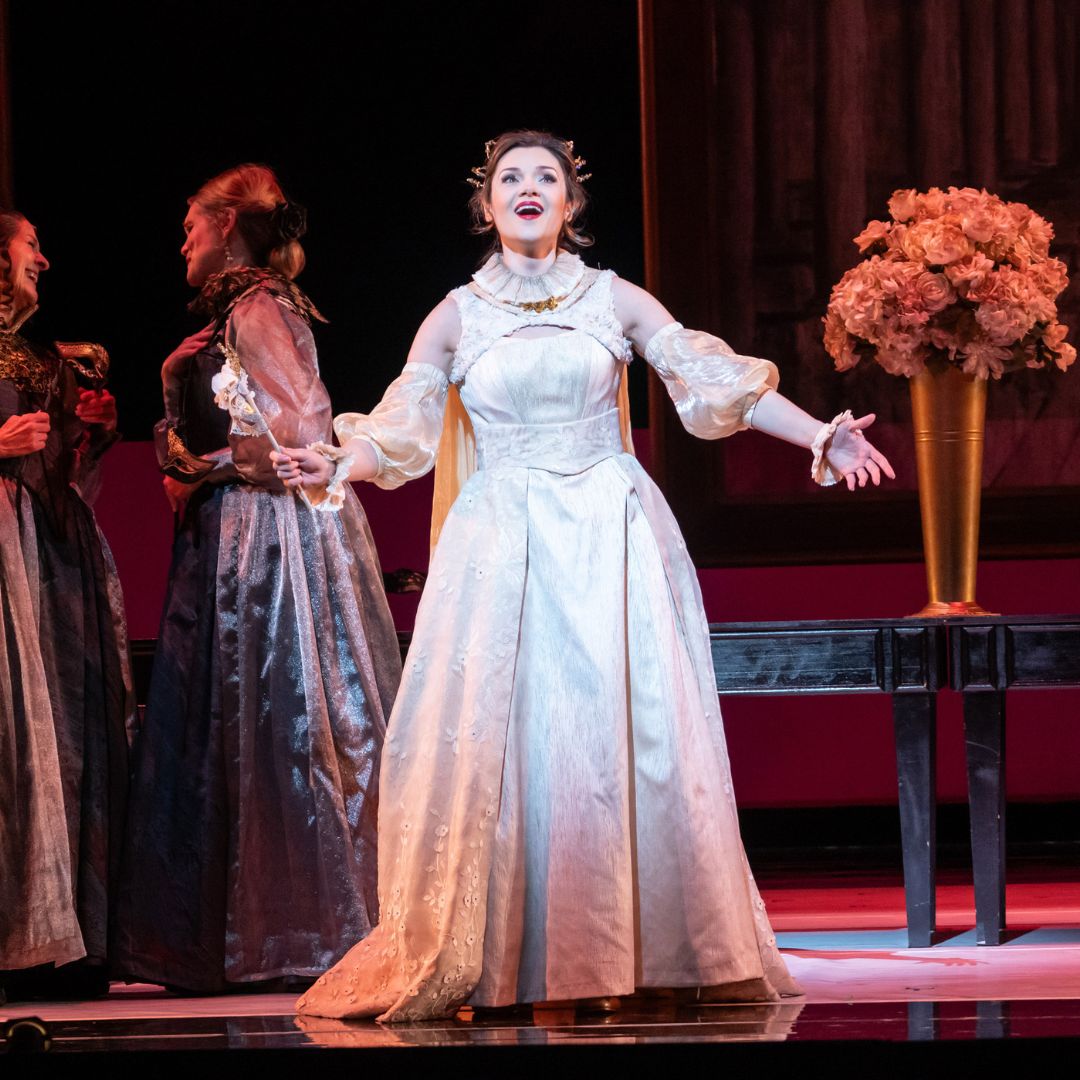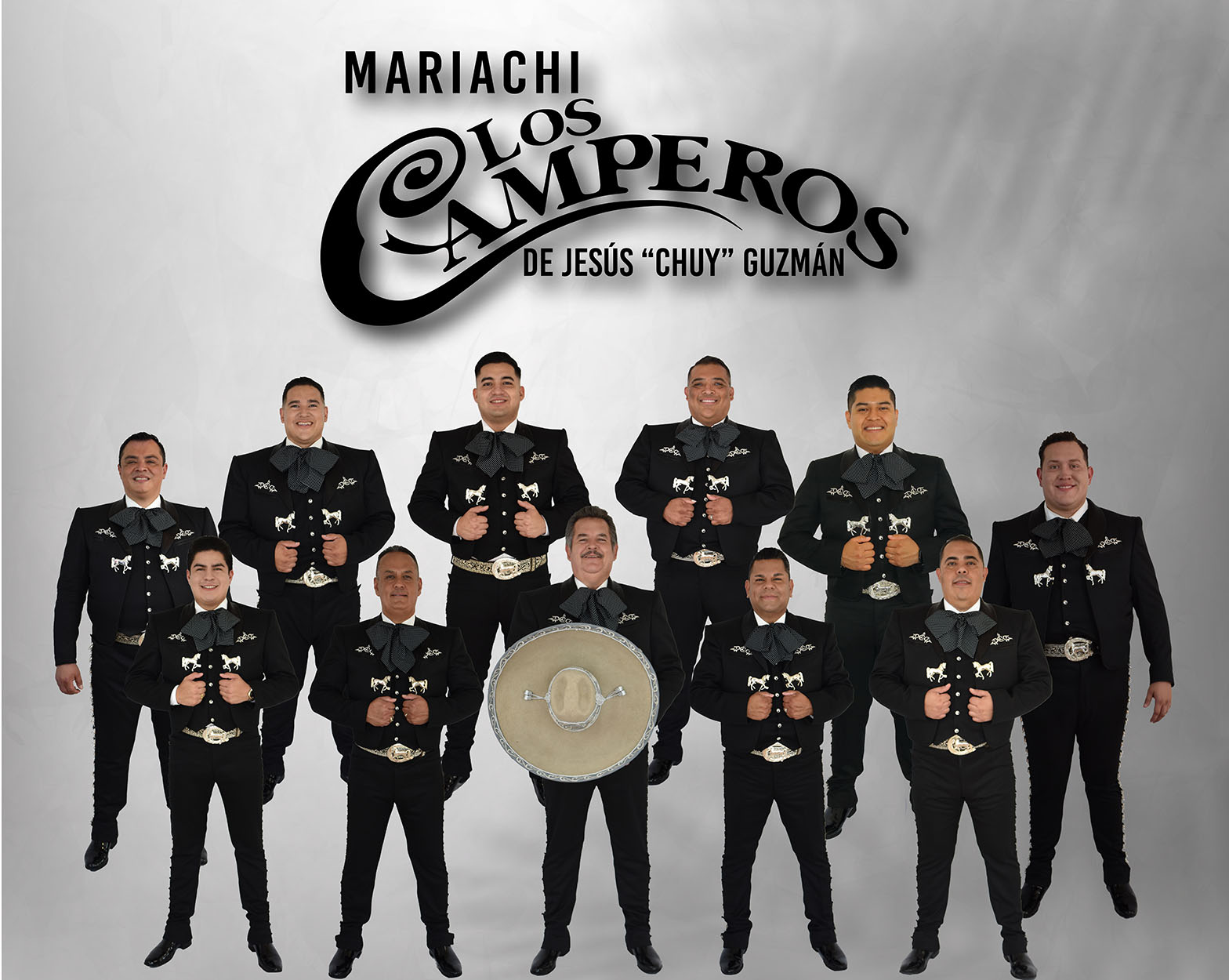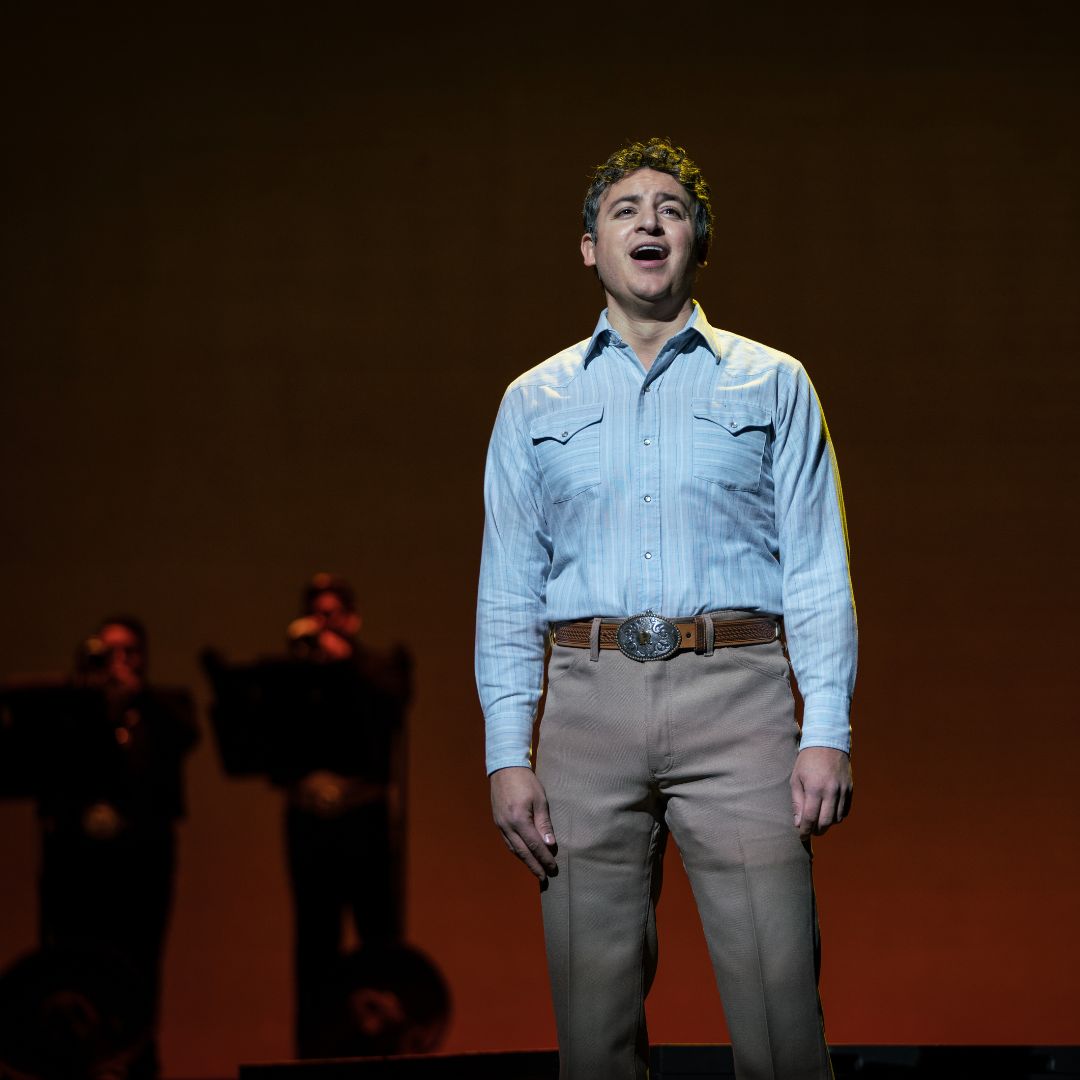As we prepare to present Cruzar la Cara de la Luna in March, we're here to give some basic background about both mariachi and opera. Whether you're a seasoned operagoer, or you'll be at the Kauffman Center for the first time, it's our goal to get you ready to experience this moving story, and the world's first mariachi opera!
What is Opera?
By Makenzie Morgan, Canadian Opera Company
The term “opera” comes from the Italian word for “work” or “piece.” Opera is a form of storytelling that incorporates music, drama, and design. Though its origins date back to ancient Greece, the form of opera we are familiar with today started in the late sixteenth century in Florence, Italy. Many individuals explored trends in the arts, focusing on music and drama, in particular. They were unified in their belief that the arts had become over-embellished and that returning to the transparency of the music of the ancient Greeks, which incorporated speech, song, and a chorus to further the plot and provide commentary on the action, would present a more pure, natural, and powerful way to tell stories and express emotions.

Roméo et Juliette photo by Don Ipock for Lyric Opera of Kansas City
Operas have been written on a wide variety of topics such as mythology, cultural clashes, comedic farce, the celebration of heroes, and children’s stories, just to name a few. Martinez and Foglia’s Cruzar la Cara de la Luna is an everyday epic—a story of a family facing tremendous circumstances to come together in the face of loss. The marriage of emotional storytelling through opera and dynamic expression through mariachi makes for powerful and impactful musical and theatrical experience.
What is Mariachi?

Mariachi Los Camperos.
Mariachi music is a vibrant and lively form of traditional Mexican music. It’s characterized by its lively rhythms, passionately sung melodies, and the iconic sounds of trumpets, violins, guitars, and sometimes harps. This musical style celebrates love, pride, and Mexican culture. The roots of mariachi music trace back to the rural regions of western Mexico, specifically in the state of Jalisco. Its exact origins are a blend of indigenous music, Spanish influence, and elements from African rhythms brought to Mexico through colonization.
Initially played by small, regional groups known as “mariachi” in the nineteenth century, the music gradually evolved and gained popularity, eventually becoming a symbol of Mexican identity and culture. A typical mariachi ensemble consists of several musicians, often dressed in traditional charro suits—colorful outfits with intricate embroidery. Musicians play a variety of instruments, such as trumpets, violins, guitars, vihuelas (a small five-string guitar), and guitarróns (a large bass guitar), and incorporate virtuosic singing. The music itself is a fusion of different styles, blending elements of European waltzes, polkas, and the lively rhythms of Mexican folk music. This unique blend creates an infectious and joyful atmosphere, encouraging both musicians and audiences to sing, dance, and celebrate the rich cultural heritage it represents.
Mariachi & Opera: How does it work?
Cruzar la Cara de la Luna was the very first mariachi opera—an unprecedented fusion of two rich cultural traditions. Commissioned by Houston Grand Opera, this opera made its debut in 2010, captivating audiences with its innovative blend of mariachi melodies and operatic storytelling. Anthony Freud, the former CEO of Houston Grand Opera, said he was blown away by the impact of his first encounter with a mariachi performance. He called the art form “passionate, intense, emotional, and instantly accessible,”—attributes of opera itself. Opera and mariachi have a shared ability to stir the soul and transcend cultural boundaries, making them the perfect fit for a musical fusion.

Cruzar la Cara de la Luna photo by Sarah Shatz for New York City Opera.
Sections of a Mariachi Ensemble
Adapted from Juan Ortiz, Campanas de America
CUERDAS
Cuerdas (“strings”) refers to the violin or string section in mariachi. Some mariachi ensembles have used violas, and for recordings, cellos and double basses have been used in the ensemble.
METALES
Metales (“brass”) refers to the brass section in the mariachi. Traditionally, trumpets and/or cornets are used in the mariachis; however, trombones, French horns, flugelhorns, and other brass instruments have also been used.
ARMONÍAS
Armonías (“harmonies”) refers to the rhythm section of a mariachi ensemble. The rhythm instruments of the mariachi consist of the classical Spanish acoustic guitar, the guitarra de golpe, and the vihuela, which resembles a rounded-back lute. The primary function of the guitars in the mariachi ensemble is to provide a percussive-rhythmic tempo.
BAJO
Bajo (“low”) refers to the bass section. The primary instrument used in the mariachi ensemble is the guitarrón, which translates to “large guitar” in Spanish, and plays the lowest notes. The guitarrón has six strings—three made of nylon, three made of metal—and a rounded back.
ARPA
Arpa (“harp”) refers to the harp. Before the guitarrón became popular with mariachis, the harp was the primary bass and rhythm instrument of the mariachis. Due to the harp’s massive size, the guitarrón became more practical to carry. Harp players have been making a strong comeback since the inception of mariachi music clinics and seminars.
VOCALES
Vocales (“vocals”) refers to the vocal section in the ensemble. Musicians in the ensemble are trained in vocal production and maintenance to achieve virtuosic singing. In a mariachi vocal section, a combination of vocal timbres (children, women, and men) is often present. The mariachi repertoire consists of solo, duet, trio, and multi-voice selections.
The Music in Action
Check out the examples below of opera and mariachi in action, and get ready to join us as we present the world's first mariachi opera, Cruzar la Cara de la Luna, March 7–9, 2025 at the Kauffman Center!
“Libiamo, ne' lieti calici,” from Verdi's La traviata—one of the opera world's most celebrated ensemble numbers, “Libiamo” is a celebration scene full of anticipation at the prospective romance between the two lead characters.
“El Son del Perro,” from Mariachi Los Camperos' 2024 album,
Sones De Mariachi. This song showcases several virtuosic techniques required, and evokes a sense of jubilant joy, featuring a classic mariachi instrumentation.
These educational materials are adapted from original materials created by Austin Opera and OPERA San Antonio.